Meet “Chip” – WMATA’s Lean, Green, Money-Saving Machine
Metro’s new large tub grinder, called “Chip”, will pay for itself in 4 years.
With summer now underway, Metro’s Grounds Maintenance and Custodial Services (GMAC) staff are out throughout the system addressing the management of vegetation and landscaping on Metro property. This year, GMAC has a new piece of equipment to both reduce operating costs and improve operational efficiency. “Chip”, the tub grinder funded by Metro’s Sustainability Lab, is expected to save Metro approximately $50,000 in waste disposal and landscaping costs annually.
Chip allows for compostable waste such as leaves, landscape debris, and wood debris (e.g. pallets, shipping crates, etc.) from Metro facilities to be ground up and converted into mulch. This mulch can then be diverted from the waste stream and instead reused in landscaping on Metro property. Chip is anticipated to divert approximately 4,000 cubic yards of compostable waste from the waste stream per year and is anticipated to recoup the initial investment on the equipment in three to four years.
This closed loop recycling program will not only reduce Metro expenditure but will also move Metro closer to its long term goal of zero waste that forms part of Metro’s Sustainability Initiative.

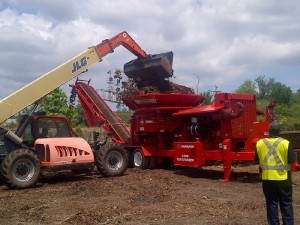
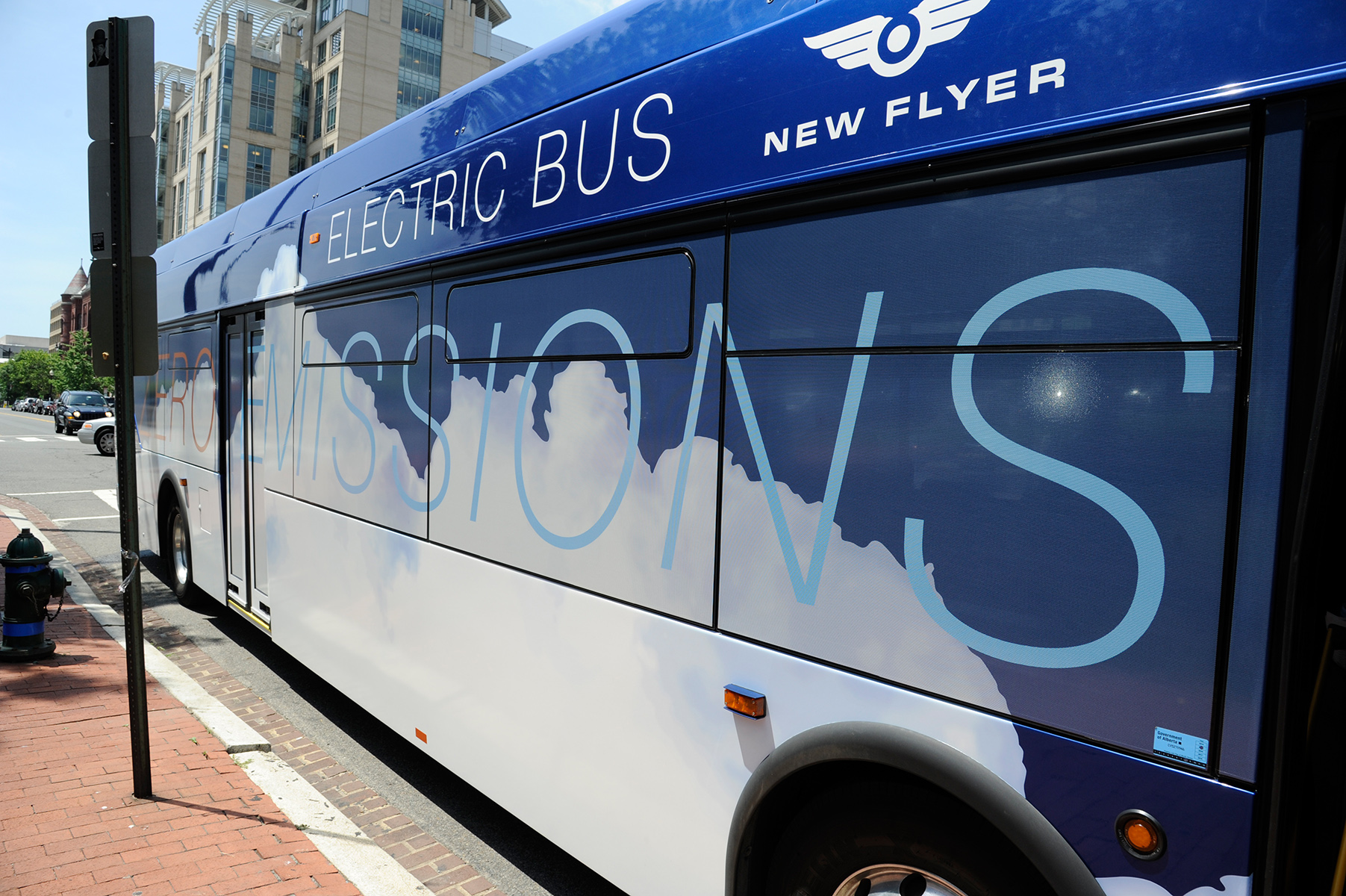
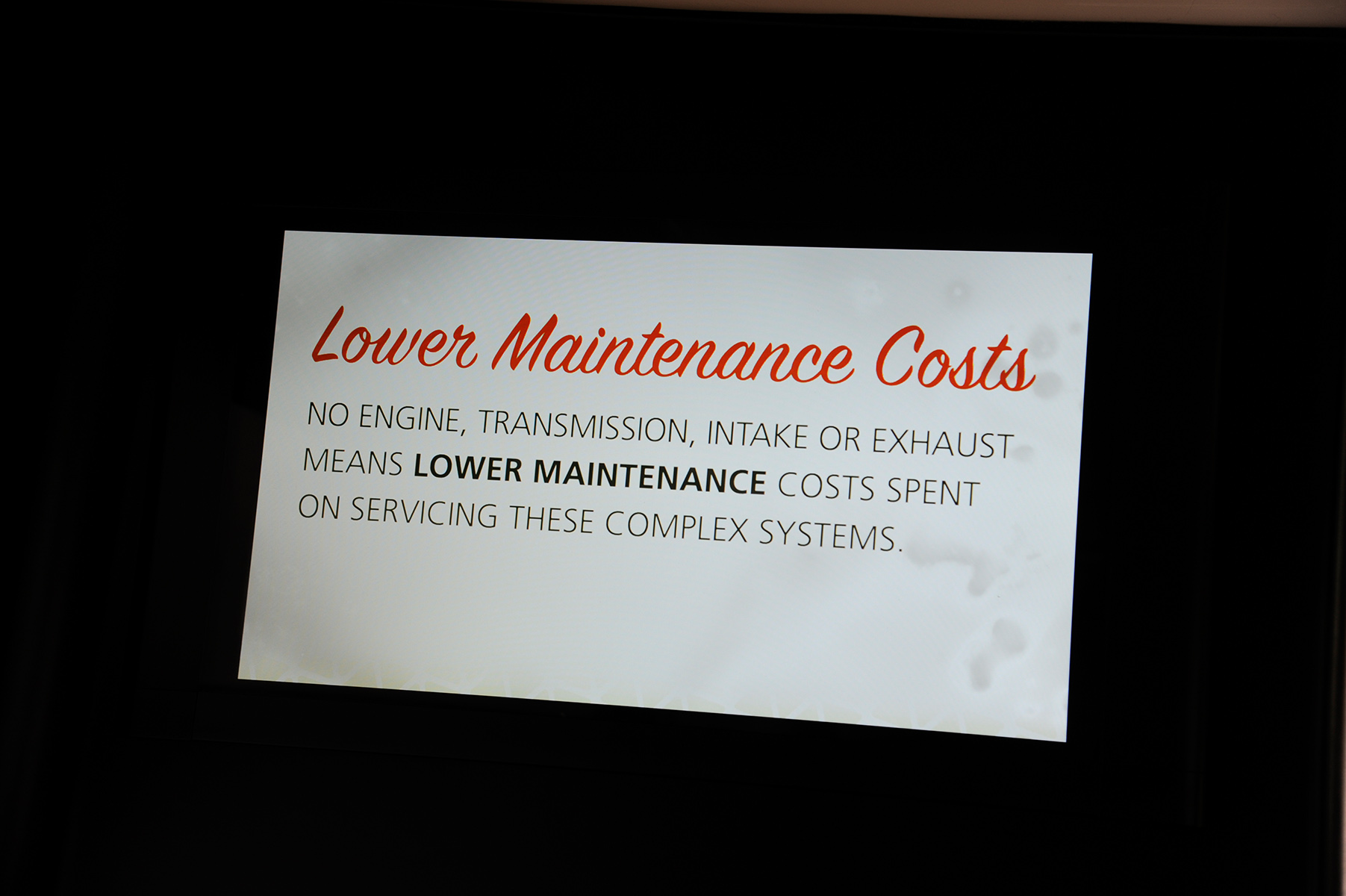
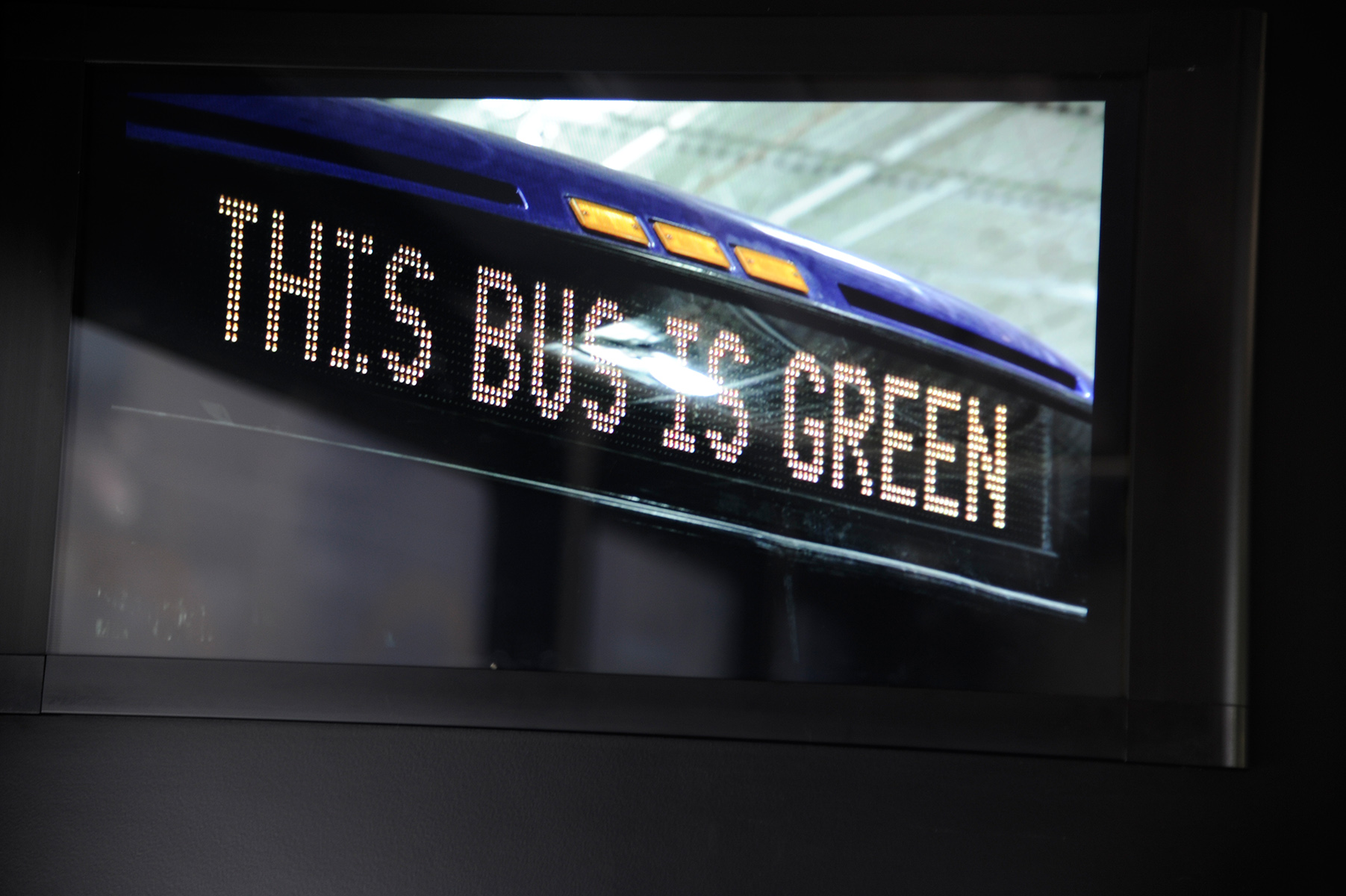
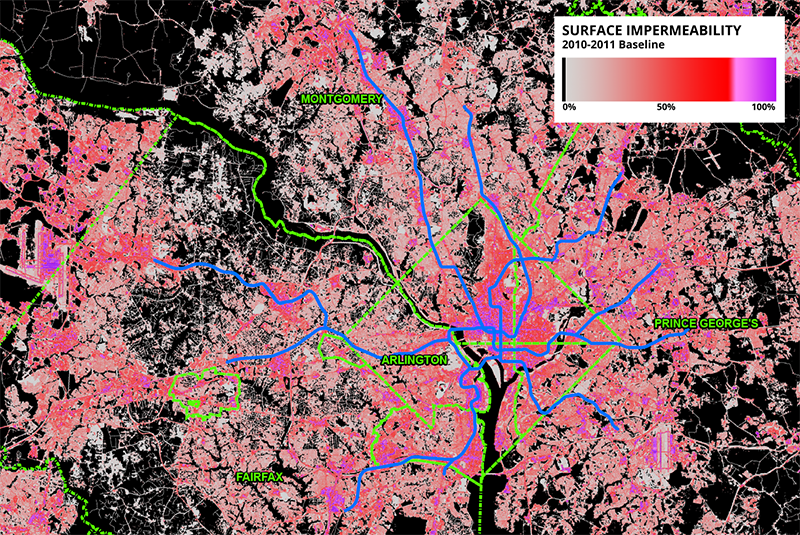
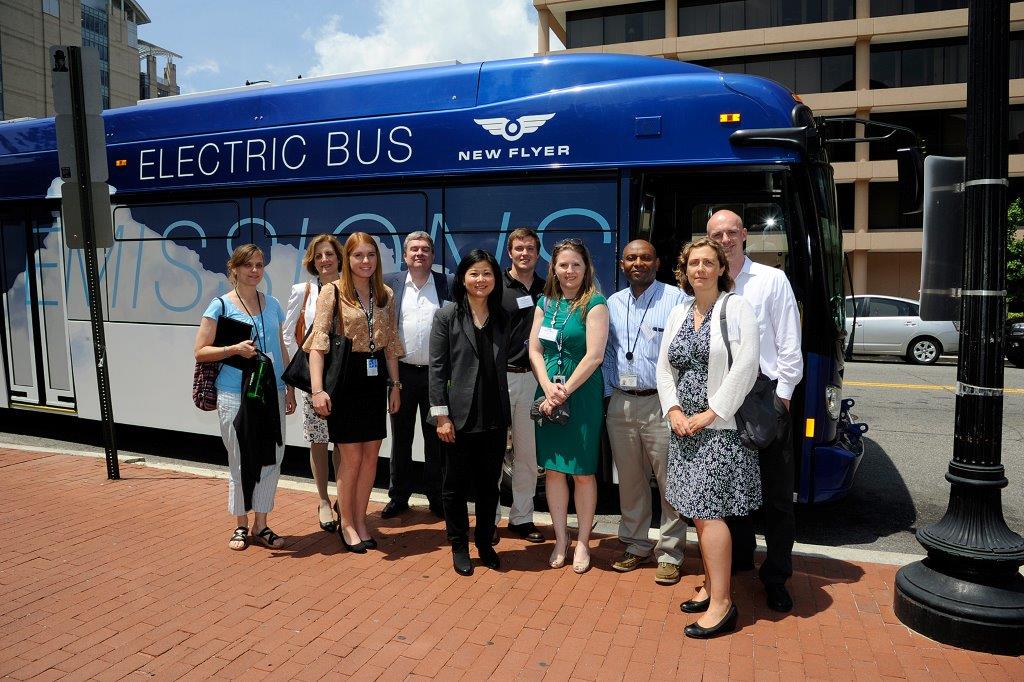
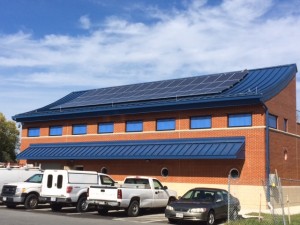
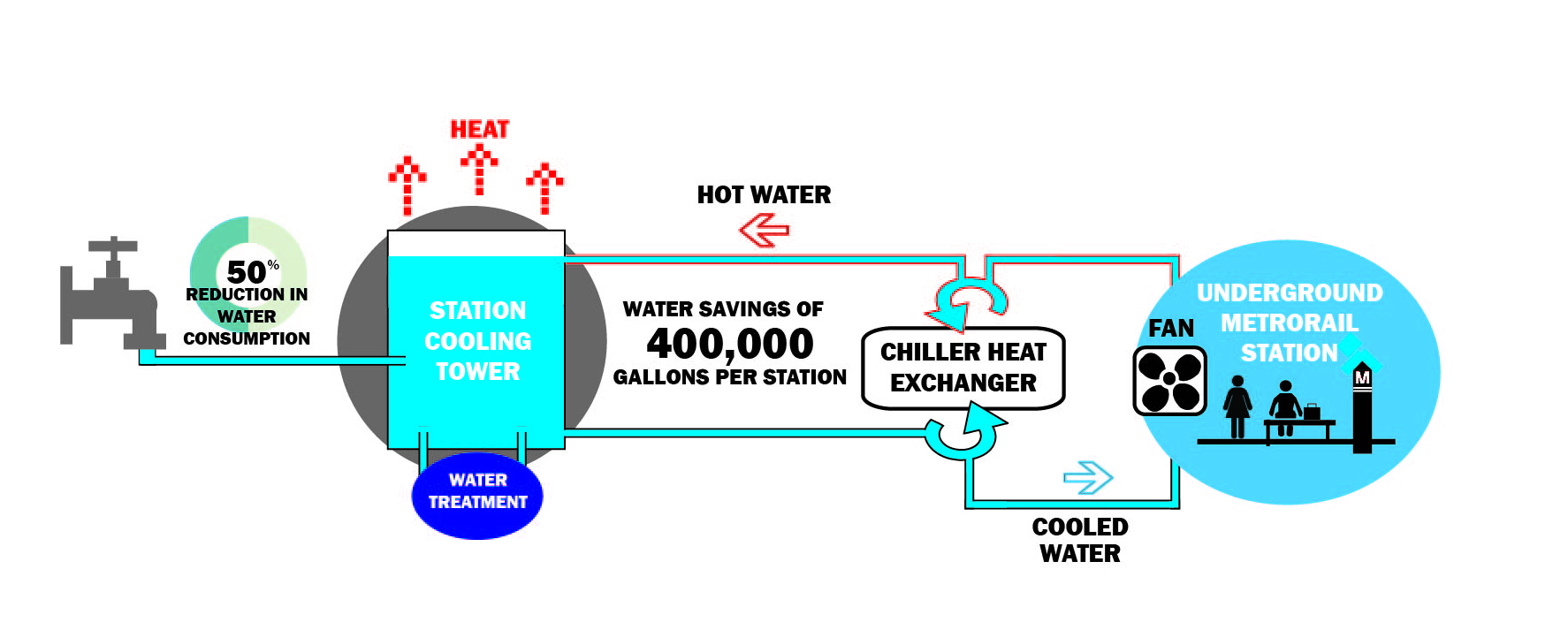
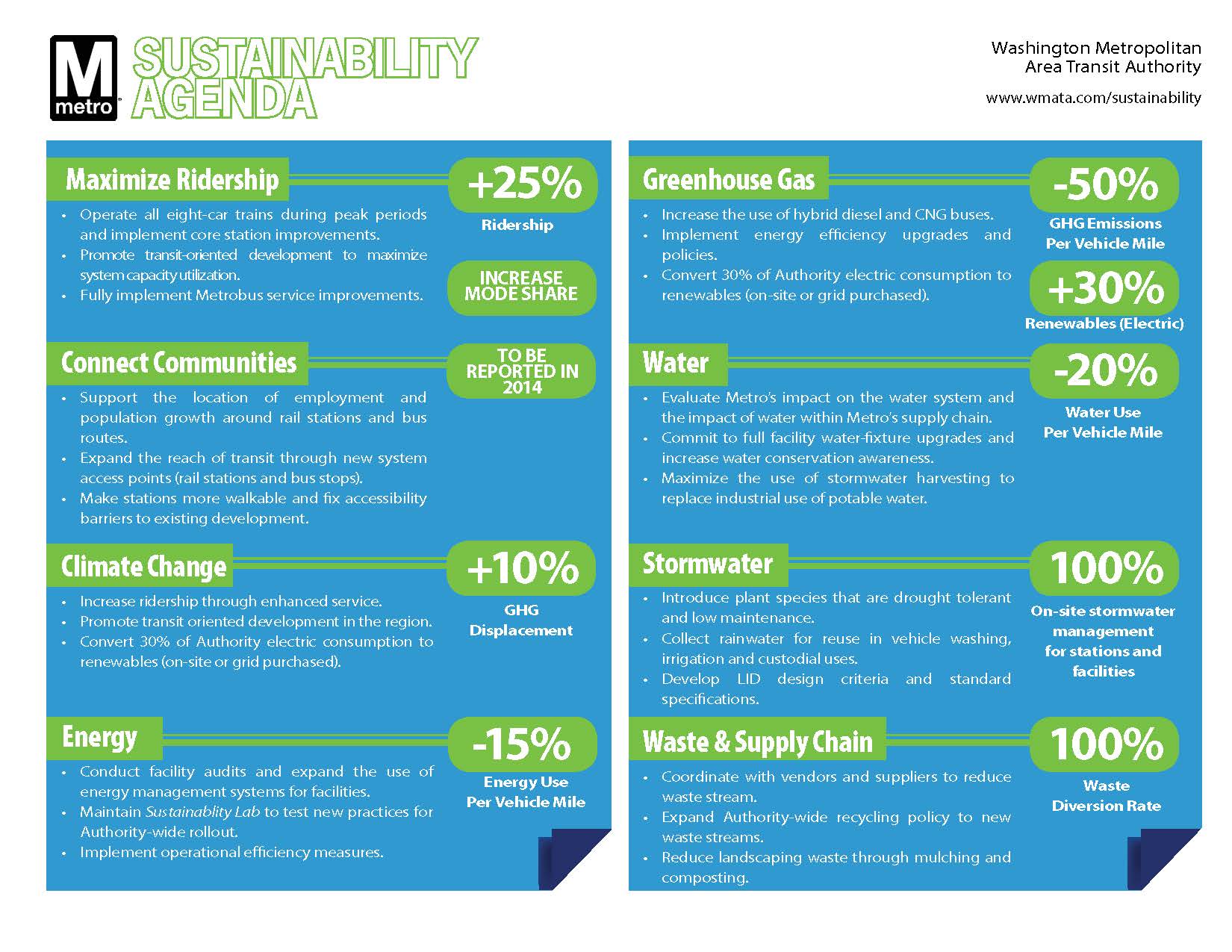
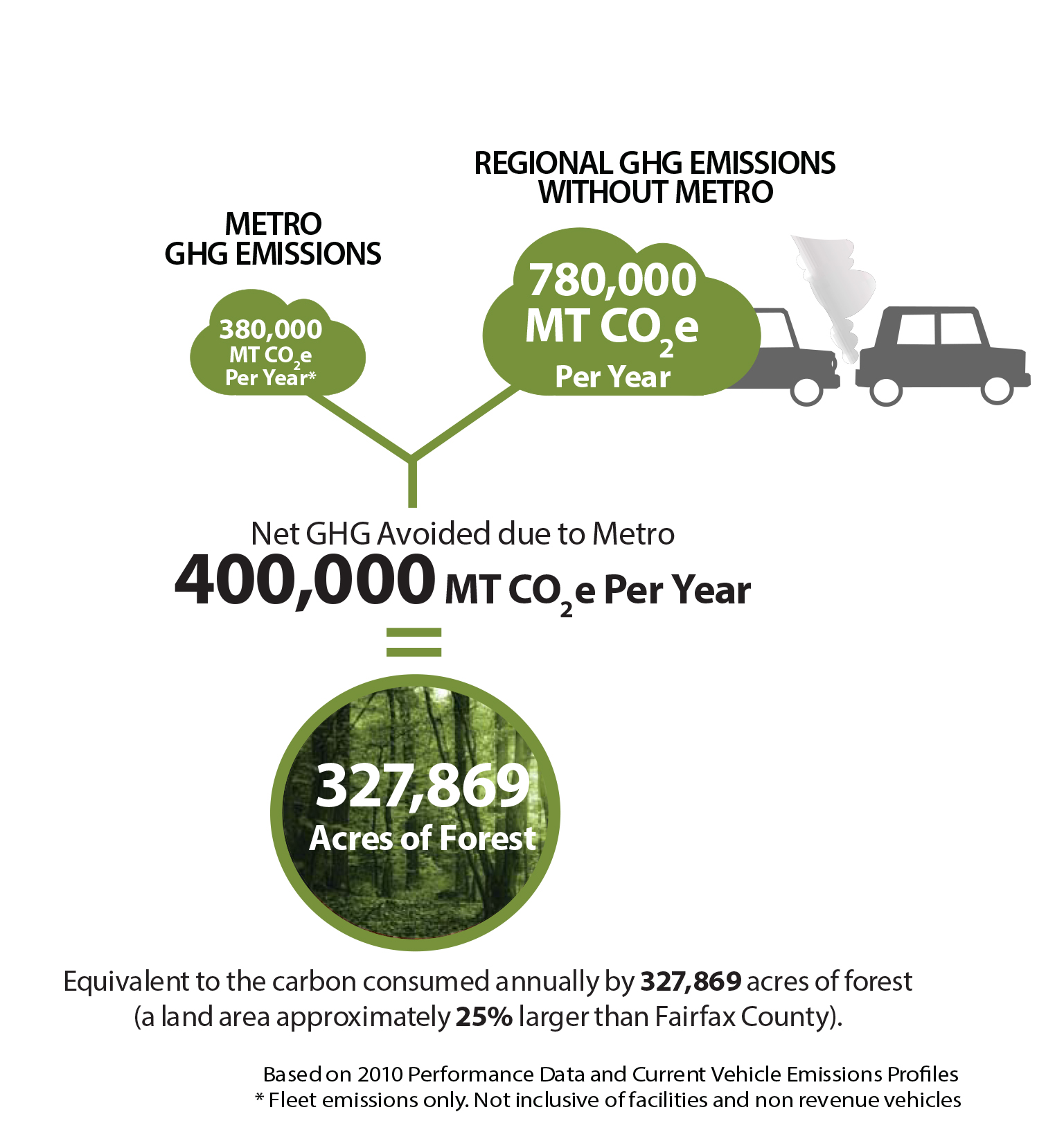
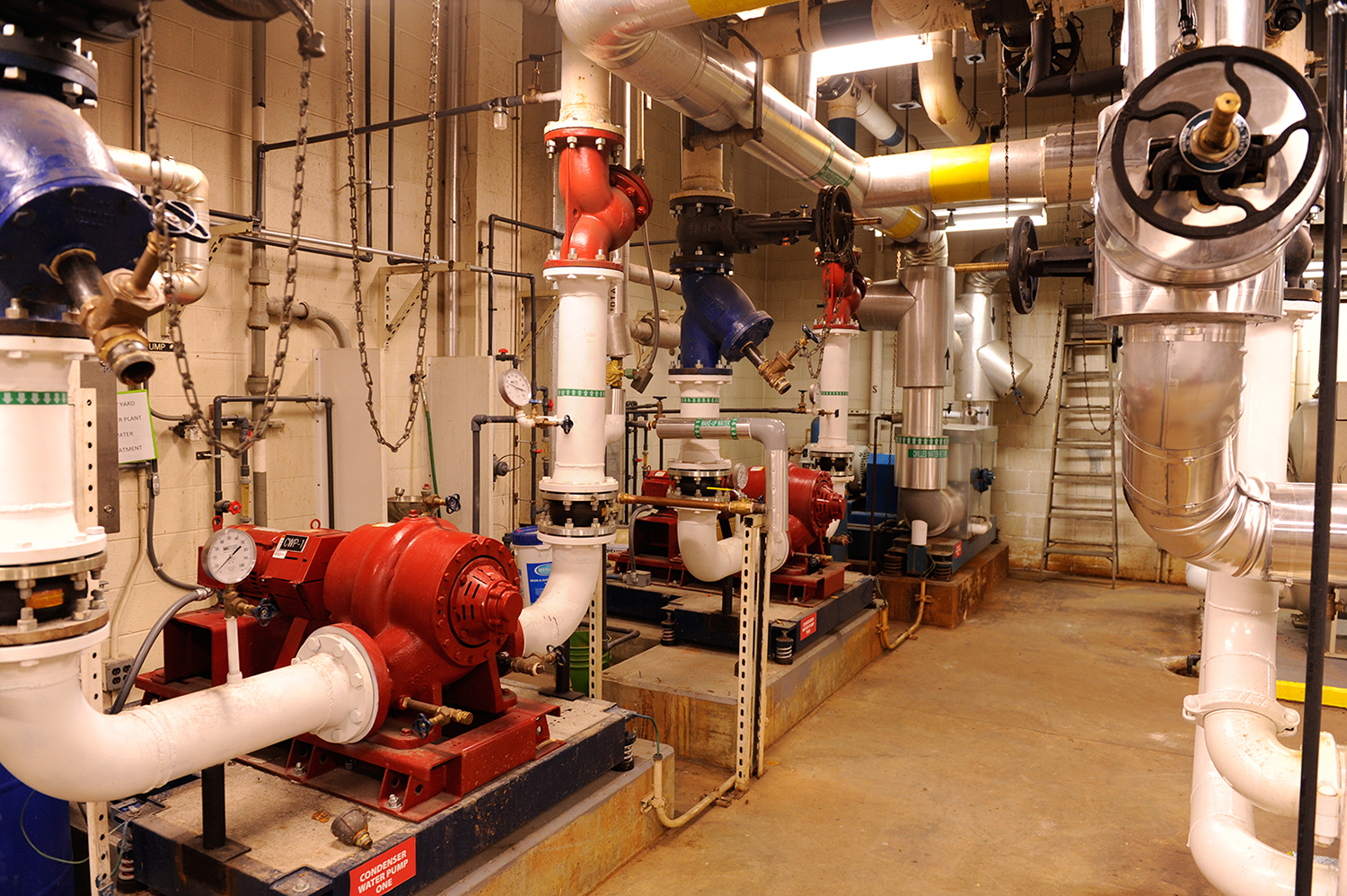
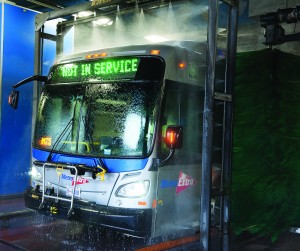

Recent Comments